Weekly Reader: The Influence of Shloyme Mikhoels
Solomon, or Shloyme, Mikhoels was one of the most influential and tragic figures in the history of Yiddish theater. An actor and director of the Moscow State Yiddish Theater, or GOSET, he played a key role in the creation of modern Yiddish theater both in the Soviet Union and abroad. During World War II he headed the Soviet Jewish Anti-Fascist Committee, making him the most prominent Jewish artist in the country. And his murder on January 13, 1948, by the Stalinist regime signaled a new and deadly phase in the Soviet state’s repression of Yiddish culture. Mikhoels’s influence on Yiddish theater was not so easily extinguished. His performances and productions shaped Yiddish theater in ways that are still evident today.
—Ezra Glinter, Senior Staff Writer and Editor
Lasting Impact
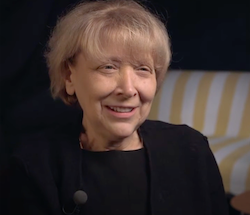
Mikhoels was based in Moscow, and his theater had limited interactions with other Yiddish artistic communities. Moreover, his artistic direction was often forced to conform to socialist “realism.” Nonetheless, his theatrical influence became widespread, due in part to students who left the Soviet Union to develop Yiddish theater elsewhere. One of these was Dora Wasserman, who for decades led the Yiddish theater in Montreal. In this oral history interview, Dora’s daughter, Bryna Wasserman—who today is executive director of the National Yiddish Theater Folksbiene—tells of her mother’s audition for Mikhoels’s Moscow State Yiddish Theater.
Closer to Home
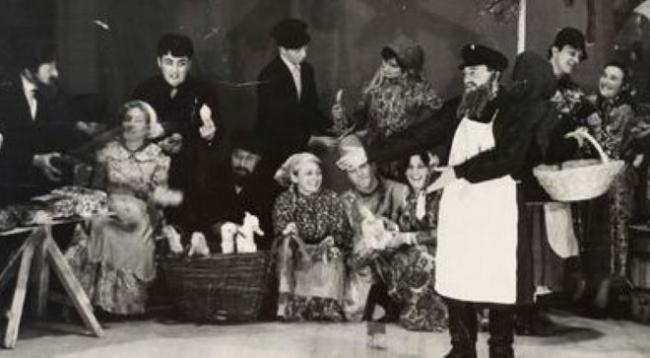
Not all of Mikhoels’s students were fortunate enough to make it to North America. Ruvim Levin and his wife, Hana, were students at Mikhoels’s theater studio, but following Mikhoels’s murder they took jobs as puppeteers in the Kishinev Puppet Theater. After the near-miraculous establishment of the Kishinev Yiddish People’s Theater, Ruvim became the theater’s stage director while Hana served as the Yiddish-language coach, almost immediately becoming the heart and soul of the company.
Soviet Yiddish
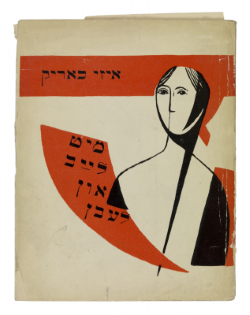
Although he was a major player, Mikhoels was hardly the only contributor to Soviet Yiddish culture. To counteract tsarist cultural imperialism and simultaneously spread socialism, the Soviet Union initially supported the cultures of many of its ethnic minorities, including Jews. It named Yiddish the Jews’ official language and sponsored Yiddish theaters, schools, courts, newspapers, colleges, and universities. Soviet Yiddish writers and artists incorporated the most current trends in European modernism—impressionism, expressionism, constructivism, and futurism—into their work. But they also functioned in a Communist universe where culture was a means to the end of social transformation. This combination of radical experimentation and ideological drive defined much of Soviet Yiddish culture in its first twenty years.
In His Own Words
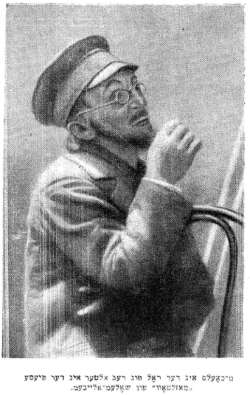
Mikhoels was not soon forgotten by his contemporaries. Intriguingly, in 1948, just months after his death, a volume in his honor was published in Moscow by the official state Yiddish publisher, Emes, containing tributes by many prominent Yiddish artists and writers. And although Mikhoels was known as an actor and director, not a writer, in 1961 the publisher Heymland in Buenos Aires came out with a collection of articles, interviews, and talks that Mikhoels had composed over the years. Here is Mikhoels, in his own words.
Read a 1948 tribute volume to Mikhoels
Poetic Subject
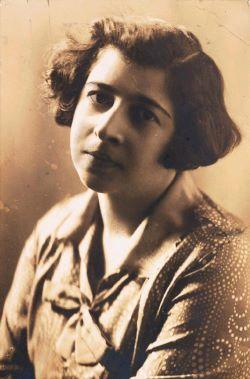
While Mikhoels elicited many tributes from his fellow artists and writers, one of the most interesting, and moving, was a poem written by Rokhl Korn and published in her collection Af der sharf fun a rege (The Cutting Edge of the Moment) in 1972. Korn’s poem is based partly on her memories of Mikhoels from 1944, at the time of her wandering during the Second World War. It is also a vision of Mikhoels playing his most famous role, Shakespeare’s Lear, on the stage and then on the streets of Minsk.
